Review for Hakuoki: Series 1 Collection
Introduction
There are certain folk legends and heroes that crop up again and again in popular culture in various guises and forms. The thing is that these legends will be specific to a culture, although the more famous a story, the wider its appeal. The Robin Hood legend gets retold again and again in the West, as does the King Arthur story. A more recent addition to the gems of literary and legendary immortality would be Sherlock Holmes, and maybe in a hundred years, people will say the same about James Bond. Japanese culture too is replete with such stories. If you’ve been following the streaming websites the last couple of years, you’ll know that the warring states period has had extra scrutiny, or at least one particular character has, Nobunaga Oda, who apparently gets reinvented at least twice a season of late (this winter it is in the forms of Nobunaga the Fool, and Nobunagun). Another staple of Japanese historical, literary and entertainment culture is the Shinsengumi, the secret police force that arose during the late Tokugawa Shogunate to try and keep the peace, when forces loyal to the Emperor clashed with, and plotted against forces loyal to the Shogun. Think of them as akin to the Musketeers, only the Shinsengumi actually existed outside the pages of a novel.
They were famous and indeed infamous characters and their deeds have been chronicled in the history books. They are also a source for a lot of entertainment, both live action and anime, and just like Nobunaga; they get reinvented for whatever story needs to be told. Hakuoki started off as a videogame that is targeted at female audiences, and reinvented the members of the Shinsengumi as conforming to the slender attractive male stereotype. That might not bode well for an anime, bringing to mind shades of Gravitation, but it turns out that Hakuoki has at its heart a very strong story with supernatural overtones about a young girl who winds up joining the Shinsengumi, one that has spun off not just one, but three anime series, an OVA series, and movies as well.
I may have a hard time reviewing this series, as my most prolific encounters with the Shinsengumi in fiction come through the Gintama series. I’m going to need mental bleach to erase the image of Kondo as a gorilla, or Hijikata’s love of mayonnaise from my mind, although it seems that Souji is a sadist in any incarnation. MVM are following Hanabee in Australia and Sentai Filmworks in the US in bringing us the three television series and the OVA series as well. Note that this series has not been released on Blu-ray at all in English speaking territories.
Chizuru Yukimura has come to the capital in search of her father, Kodo Yukimura, who is a doctor trained in Western techniques, and who has now vanished from Kyoto. But when she arrives in the city, she winds up being chased by a couple of crazed, demonically powerful swordsmen, and gets rescued by the Shinsengumi. ‘Rescued’ is a relative term in this case, as she’s witnessed what no one should see, and the Shinsengumi policy is to eliminate the witnesses. Vice Commander Toshizo Hijikata defers her execution though, and allows her to stay on with the Shinsengumi while she searches for her father, on the understanding that her life may be forfeit at any point. The Shinsengumi are engaged in confronting the forces loyal to the Emperor, and opposing the Shogun, yet rarely get credit for their accomplishments, and Chizuru finds herself involved in historically significant events.
But behind it all there is something more secret and supernatural at work, and it ties into the work that her father was doing for the Shinsengumi with a very unconventional drug, one whose side effects Chizuru has already witnessed. But far more ominous is Chizuru herself. Her past and her heritage aren’t conventional either, and that has come to the attention of three rather odd players in Kyoto’s politics.
The twelve episodes of Hakuoki Season 1, subtitled Demon of the Fleeting Blossom are presented across 2 discs by MVM.
Disc 1
1. Capital of Snowflakes
2. The Seeds of Discord
3. The Flower that Blooms in Twilight
4. Those Who Come From Darkness
5. Opposing Blades
6. The Devil’s Existence
Disc 2
7. The Fetters of Fate
8. Fleeting Dreams
9. Wake of the Slaughter
10. The Course of Bonds
11. Those Who Fall
12. Beyond the Clash of Arms
Picture
Hakuoki is presented in 1.78:1 anamorphic widescreen in PAL format. The image is clear and sharp throughout, the animation is smooth, and the character designs come across well enough, which is the big selling point for this series. It’s replete with pretty boy designs meant to elicit girly-squee responses from the female target demographic, and you don’t want to skimp on the quality control there. Having said all that, the animation is no more than adequate in getting the story across, while the world design is pretty generic for this kind of historical anime. Where Hakuoki does impress is in its use of colour and the atmospheric use of light and shadow, and it does establish an effective mood.
Sound
You have the choice between DD 2.0 English and Japanese, along with translated subtitles and a signs only track. I went with the original language track and was satisfied, if not exactly surprised by the quality of the voice actor performances. This is a show where character archetypes abound, and the voice actors fill those archetypes without straying too far from the expectations of the audience. Still, Shinichirou Miki as Hijikata is bound to be a draw. The subtitling isn’t the best in the world, with occasional errors like missing words in the text, or just clumsily constructed sentences that don’t flow well. At times it prompts a skip back to re-read, or at the worst, switch to the dub to try and figure out what they really mean. After the first few episodes the situation does improve, but it’s a poor show from Sentai Filmworks who localised the anime.
I gave the dub a try, and it’s one of those churn them out quick dubs, which stay pretty close to the subtitle translation, but you have to be a lot more forgiving than I to put up with it for long.
Extras
Hakuoki has come to the UK from Sentai via Hanabee, and the discs present their content with animated menus.
To offer an insight into the period and the history, there are a few translation notes in the subtitle stream during playback and you might have to be quick on the pause button to read them. Each episode is also followed by a translated English language, white text on black credit scroll.
The only extras on disc 2 amount to the textless credit sequences, and trailers for other Hanabee titles like, Alien Nine, .hack//GU.Trilogy, Gyo, Bakemonogatari, Inu x Boku SS, and Hiiro no Kakera.
Conclusion
I approached the release of Hakuoki Series 1 with the same enthusiasm I hold for any anime series that I have never before seen, a little hope that I’ll get to see something new, have my horizons broadened, and my preconceptions shaken. At the very least I hope to be entertained, and when I first heard that MVM had the Hakuoki anime franchise sewn up, I didn’t give it much mind. Now that I’ve seen the first series though, I’ll be approaching the ensuing releases with a distinct lack of enthusiasm. Hakuoki Series 1 has a few too many issues for my liking, and I found that it didn’t stand up too well as a piece of entertainment, as an engaging character study, or indeed as a compelling story.
Hakuoki is a member of that lesser frequented genre, the reverse harem. A single female protagonist is surrounded by a bevy of beautiful males and perhaps no little comedy may ensue, but the main question is usually which beautiful male she will end up with. My archetype for this genre is the peerless Fruits Basket, and Hakuoki is no Fruits Basket. This title is very much aimed at the female anime fan who appreciates elegant male character design, and it does little to break out of that target demographic.
One thing it does do is adopt an interesting setting, and plays with genuine history. The Shinsengumi were very much a real institution, and during its narrative, the first series of Hakuoki re-enacts actual historical events, albeit from its reverse-harem perspective tinged with supernatural overtones.
But that in itself is another major problem with the show. The first episode is set in January 1864, and the 12 episodes take us all the way to the start of 1868. That’s a lot of time to cover, and it does so piecemeal, offering a little plot development, and then leaping forward a whole space of months to offer a little more, more often than not linked by a quick bit of voiceover exposition from Chizuru. It’s certainly not an entertaining way to present narrative, and I found it really hard to engage with any of the characters. When the real history is laid out in such a way, there probably is no other option than to tell the story like this, but at points it begins to feel less like an anime, and more like a history lesson.
The trouble is that this conflicts with the character arcs in the show, which just don’t make sense in the context of the timeline. At the start of the show, Chizuru is a young girl who comes to Kyoto to look for her missing father, and winds up in the wrong place at the wrong time, forced to join the Shinsengumi to stay alive, but with the promise of their help in looking for her father. In the four years of this series’ narrative, there’s not actually a lot of looking going on, and Chizuru never really shows any urgency about finding out about her father’s fate. Also in four years, Chizuru fails to grow up, and neither she nor any of the other characters in the show change, or even change clothes.
The piecemeal narrative and the unrealistic timeline aside, what is interesting about Hakuoki is the supernatural fantasy element. When Chizuru first comes to Kyoto, she winds up being attacked by monsters in human form, so called Furies, and in the process she winds up witnessing the Shinsengumi’s dark secret. Outnumbered and belittled, the Shinsengumi look for any edge that they can in battle, and that edge is in the form of a medicine that Chizuru’s father developed, the so called Water of Life. It can give a warrior increased strength and healing. It’s imperfect though, and the user inevitably loses his humanity and self-control. But as the story unfolds, research into the drug continues, and eventually members of the Shinsengumi are tempted into taking the drug themselves. It turns out that the results are very supernatural indeed, including a heightened bloodlust, and a vulnerability to silver bullets.
There’s also another storyline of secret clans of demons co-existing with humans, and manipulating the political situation in Japan to their own ends. Apparently female demons are a rarity, and when Chizuru’s heritage is revealed, the Shinsengumi face a far greater threat than insurgents and rebels.
Hakuoki is watchable, and twist my arm and I’ll even admit to having enjoyed an episode or two. You can one-episode more your way through the show, and at no point does it slow down or get tedious. The characters may conform to the pretty boy stereotypes, but that doesn’t make them any less entertaining. But the narrative is fragmented, and I found it impossible to engage with, while the story itself seems designed for fans of the Hakuoki video game first and foremost, and those comfortable with the late Shogun era history of Japan second. The average lay-person may find themselves lost at sea with this show much the same way that I did.
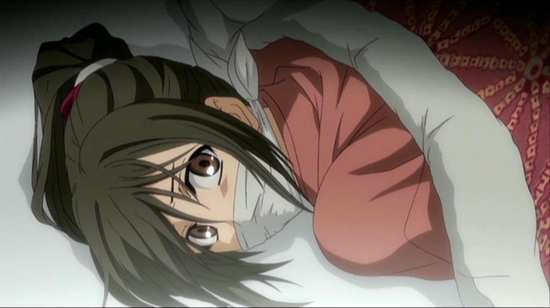
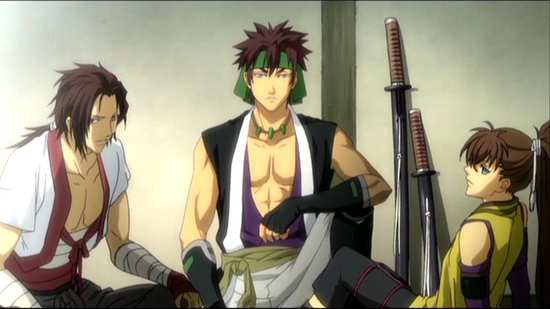
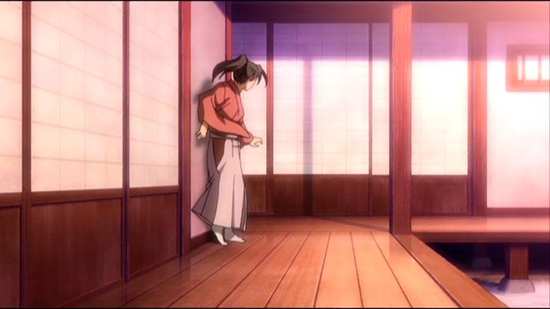
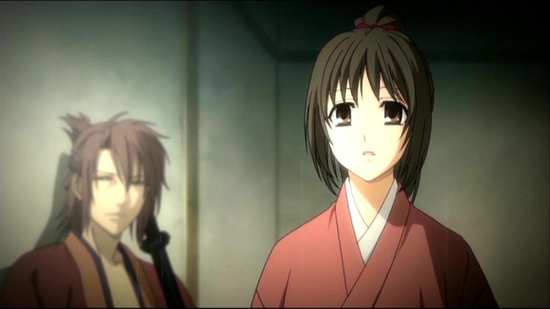
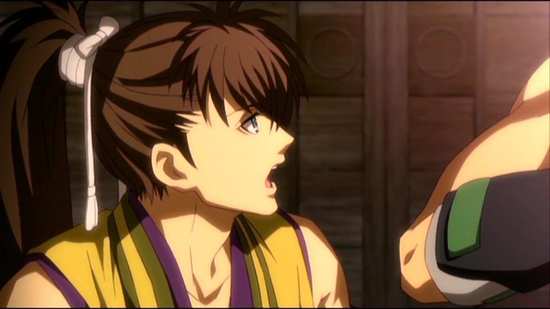
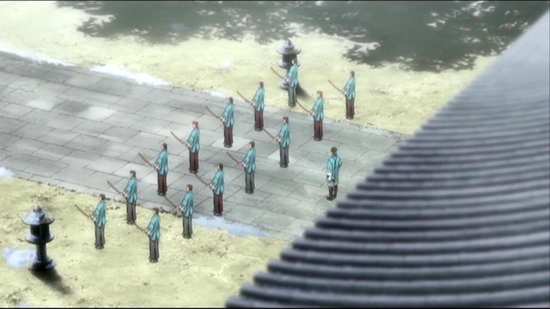
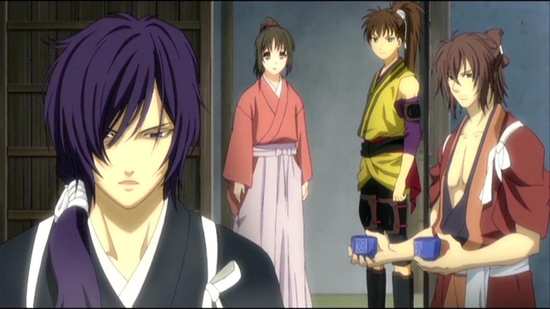

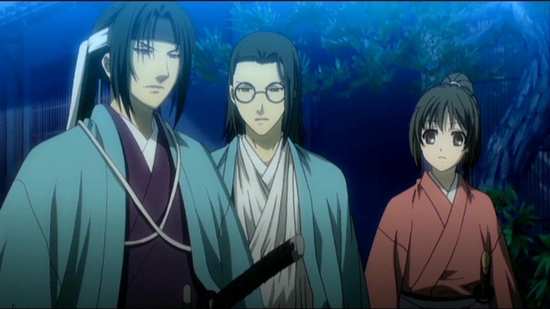

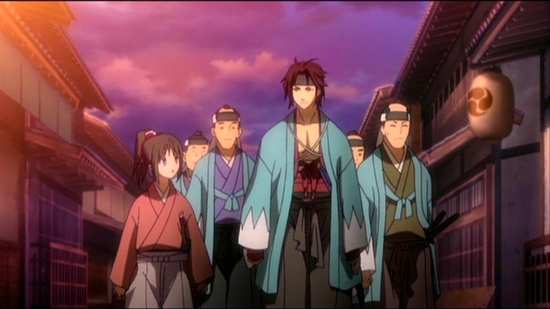
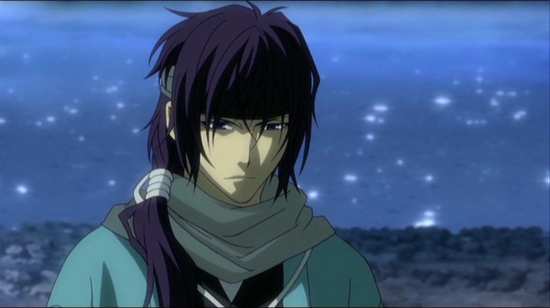
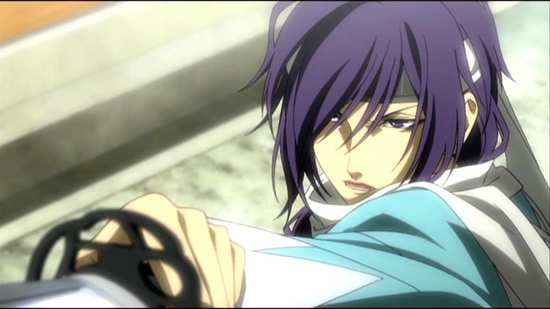
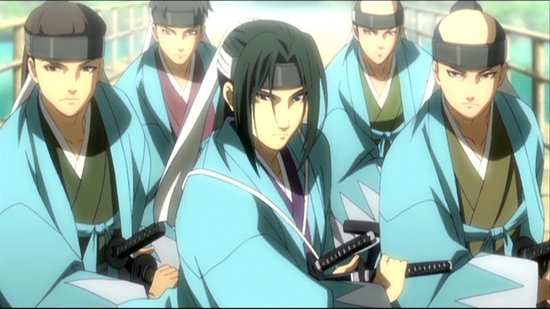
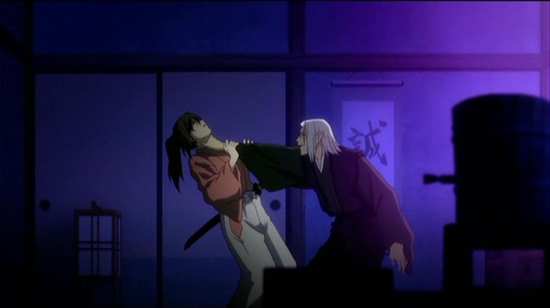
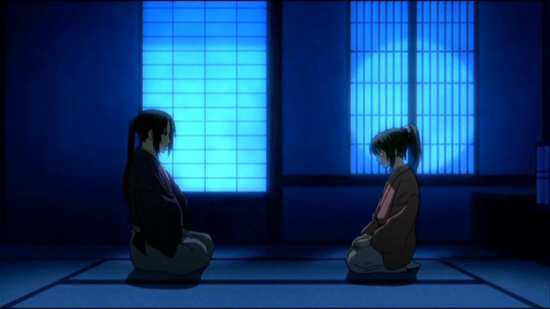
Your Opinions and Comments
Be the first to post a comment!